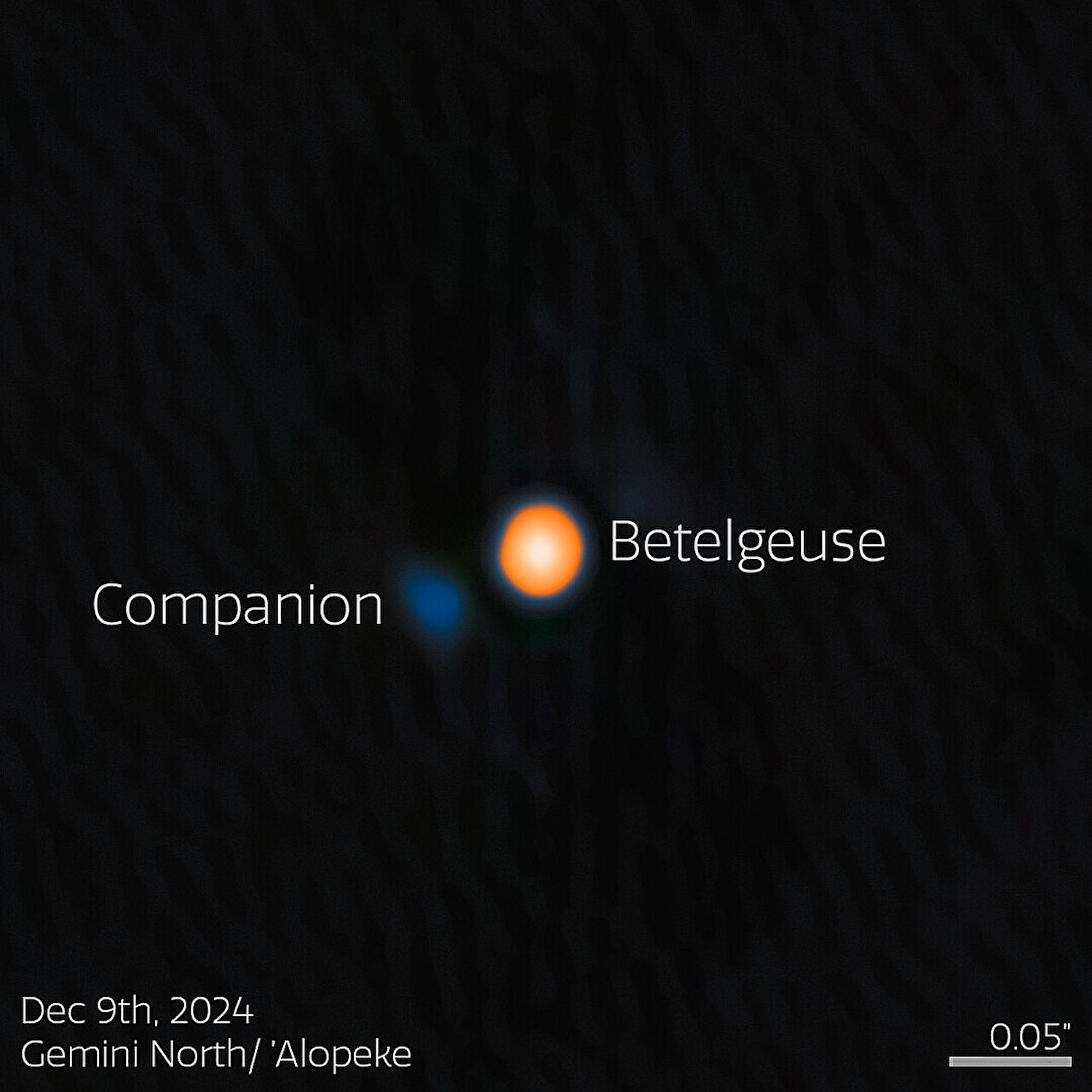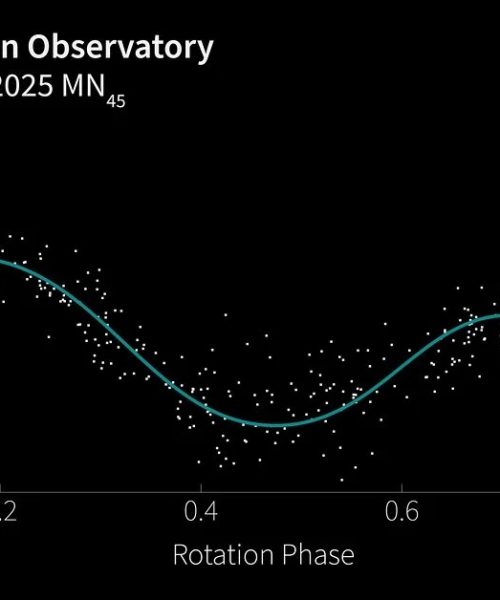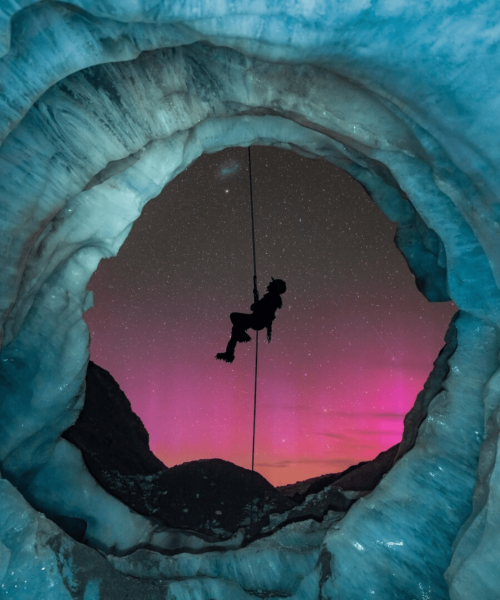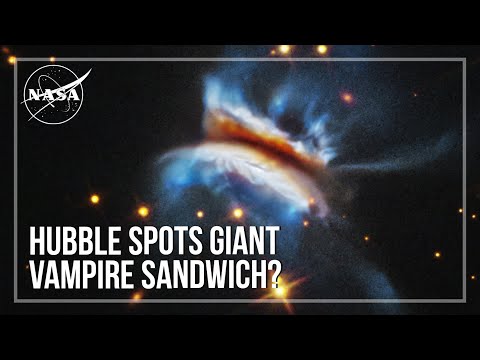Humans have gazed up at Betelgeuse for thousands of years. As one of the night sky’s brightest stars, the red supergiant is easily discernible from its location in the Orion constellation. But for a few months in 2019 and 2020, astronomers believed Betelgeuse’s days were numbered. A dramatic decrease in luminosity led some experts to theorize the 10-million-year-old star with a radius 700 times larger than our sun was about to go supernova. In the end, however, researchers determined that the “Great Dimming” was actually caused by the star ejecting a large dust plume.
But all of that extra attention has led to another remarkable find. As it turns out, Betegeuse isn’t alone—it actually has a nearby companion star. The never-before-seen celestial object is detailed in two separate studies scheduled to publish on July 24 in The Astrophysical Journal Letters.

The main clue that tipped astronomers off to the companion star came in the form of Betelgeuse’s luminosity intervals, also known as variabilities. The red supergiant actually has two variability periods—a primary one lasting about 400 days, and a secondary that lasts roughly 6 years. After reviewing the star’s archival data, researchers recently proposed the longer secondary phase may be due to an external influence in the form of a companion star. But even with an initial search party that included the Hubble Space Telescope and the Chandra X-Ray Observatory, investigators didn’t locate any additional stellar objects. Some experts were doubtful that anyone would ever locate the star, even if it existed.
“Papers that predicted Betelgeuse’s companion believed that no one would likely ever be able to image it,” Steve Howell, a senior research scientist at NASA Ames Research Center and study co-author, explained in a statement.
That changed after the team enlisted the help of a “fox.” Mounted on the International Gemini Observatory’s Gemini North telescope on Hawai’i’s Mauna Kea is a speckle imager named ‘Alopeke—the Hawai’ian word for fox. Speckle imagers work by using short exposure times to negate image distortions caused by Earth’s atmosphere. This allows for high-resolution looks into the cosmos, in this case with a boost from Gemini North’s 26.5-inch mirror. This method allowed astrophysicists to finally locate an extremely faint companion next to Betelgeuse.
Further analysis indicates the second star is six magnitudes fainter than Betelgeuse with a mass about 1.5 times that of the sun. It also is likely an A- or B-type pre-main-sequence star, meaning it is a young, hot blue-white star that isn’t yet burning hydrogen in its core.
Betelgeuse and its companion star were likely born at the same time, but their relationship won’t end well. According to the study’s authors, tidal forces will eventually cause the latter object to spiral into its partner, initiating an end to both of them. That said, astronomers estimate the pair’s finale will take place sometime within the next 10,000 years.
But before that, researchers hope to study the two stars even more. Their next chance will begin in November 2027, when the stellar companion’s orbit places it at its furthest distance from Betelgeuse.






